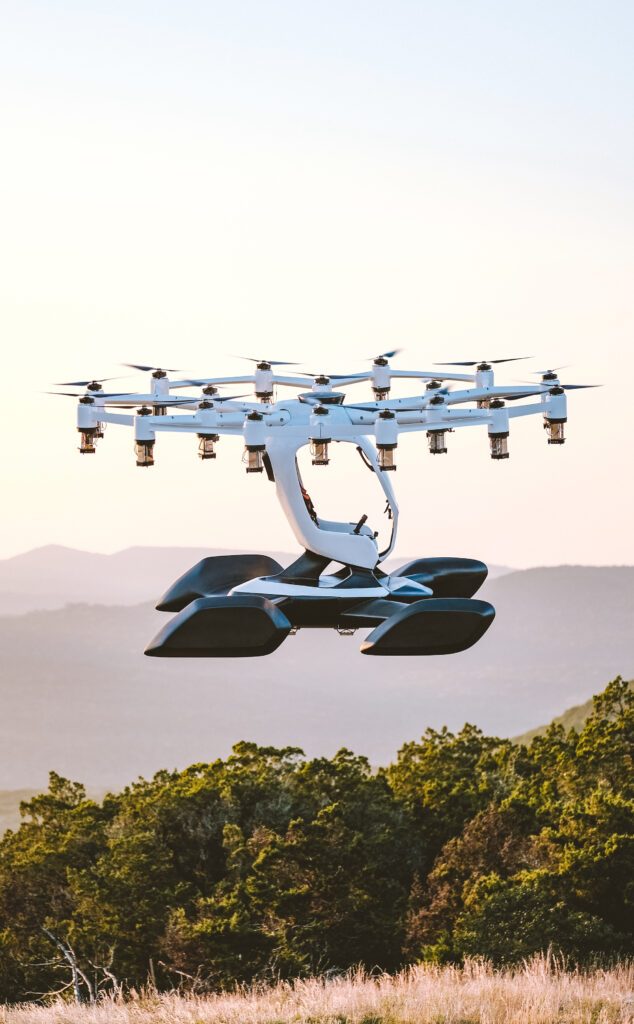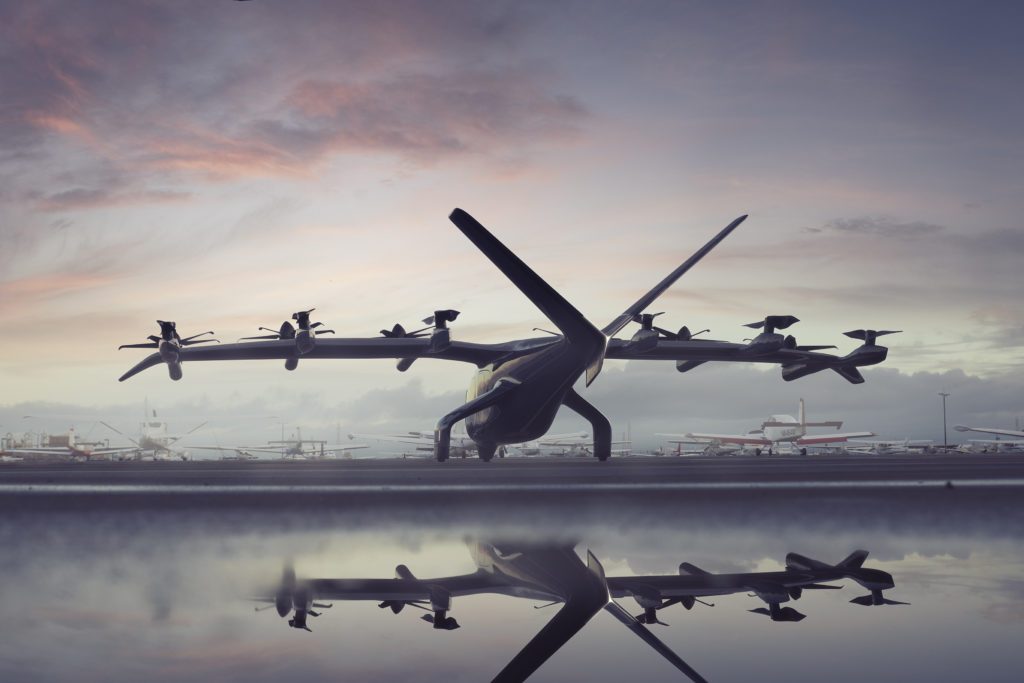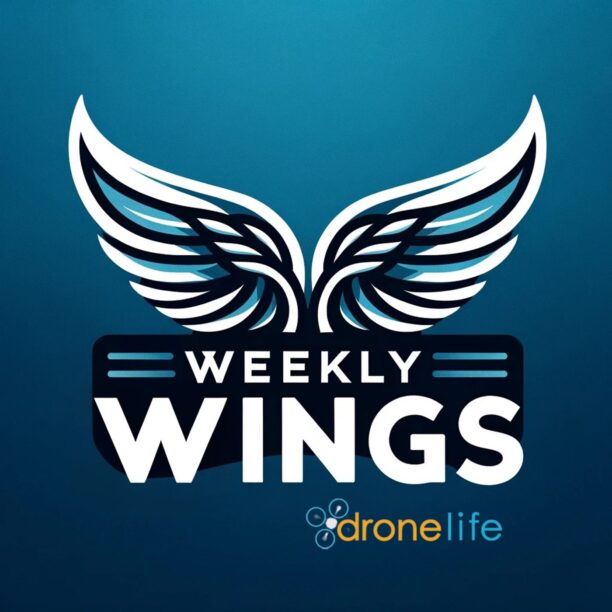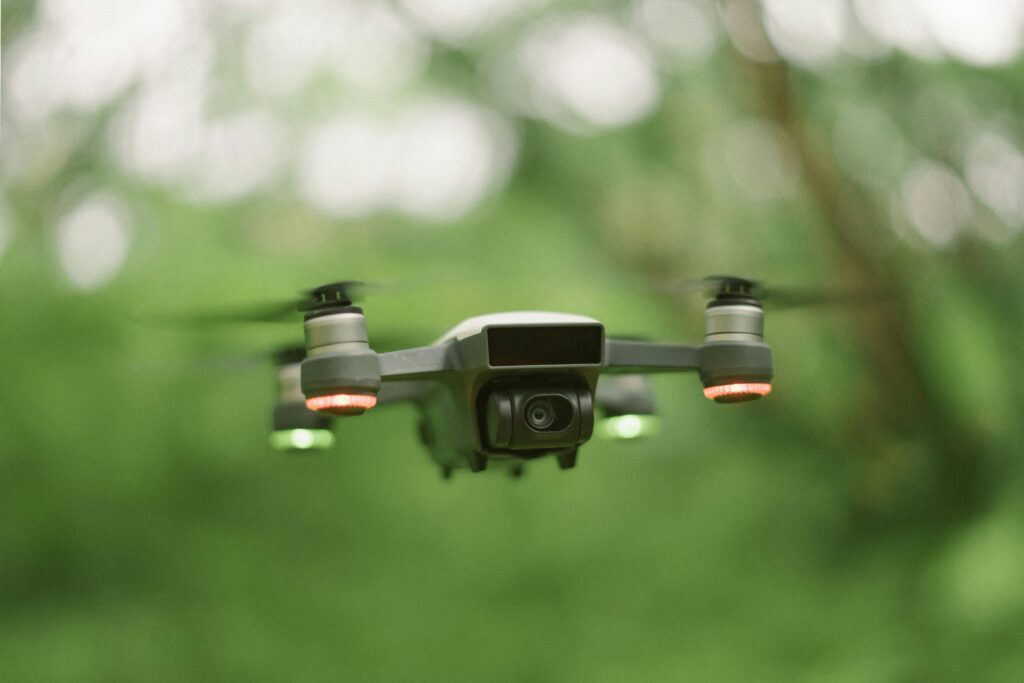
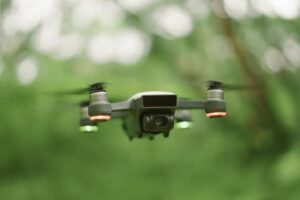 FAQ Helps Drone Operators, Producers Adjust to FAA’s Drone Distant ID Rule
FAQ Helps Drone Operators, Producers Adjust to FAA’s Drone Distant ID Rule
The Business Drone Alliance (CDA) and the Affiliation for Uncrewed Car Techniques Worldwide (AUVSI) have collectively launched a complete information clarifying the Federal Aviation Administration’s (FAA) UAS Distant Identification (RID) Rule. This information serves as a useful resource for operators and producers navigating the complexities of the RID Rule, which mandates drones to broadcast identification and placement data akin to a digital license plate.
The FAA’s discretionary enforcement interval for drone operators and producers to regulate to the RID Rule’s necessities has ended, marking a transition to stricter enforcement. As of March 16, 2024, drone operators are anticipated to completely adjust to the working necessities of the RID Rule. An identical grace interval for producers led to December 2022.
The enforcement of the RID Rule is essential for distinguishing approved from unauthorized drone operations, thereby enhancing the security and safety of airspace. Lisa Ellman, Govt Director of the CDA, emphasizes the rule’s significance: “Addressing security and safety is important as a way to obtain scaled business drone operations.” She additional asserts that compliance with trade RID guidelines will unlock quite a few advantages, together with enhanced security, safety, sustainability, and public well being, throughout communities in the USA.
Clear Solutions to Regularly Requested Questions on Distant ID
The detailed FAQ doc accompanying the press launch addresses widespread queries in regards to the RID Rule, offering important steerage for compliance. It outlines the steps needed for each operators and producers to stick to the rule, highlighting the totally different pathways to compliance and the excellence between customary RID drones and RID broadcast modules.
Michael Robbins, Chief Advocacy Officer at AUVSI, highlights the objective of the doc: “By offering a useful resource that addresses our group’s questions across the rule, our goal is to help widespread business drone operations and the advantages they carry to the communities the place they function.”
For producers, the information specifies the necessities for producing customary RID drones and broadcast modules, together with compliance audits and the submission of a Declaration of Compliance (DOC) to the FAA. Operators are guided on how to make sure their drones meet the RID specs, whether or not via working customary RID drones, equipping non-standard drones with broadcast modules, or working inside FAA-Acknowledged Identification Areas (FRIAs).
The doc additionally sheds mild on particular concerns, reminiscent of the shortcoming to fly drones outfitted with RID broadcast modules past the visible line of sight (BVLOS) with no particular waiver. It underscores the significance of producers adhering to FAA-accepted Technique of Compliance (MOC) to display their merchandise meet the minimal efficiency necessities set by the RID Rule.
The collaborative effort between CDA and AUVSI to provide this steerage doc signifies a vital step in direction of the protected and safe integration of economic drones into nationwide airspace. For additional particulars and complete solutions to often requested questions in regards to the UAS Distant Identification Rule, the complete FAQ doc may be accessed right here.
Learn extra:
Miriam McNabb is the Editor-in-Chief of DRONELIFE and CEO of JobForDrones, knowledgeable drone companies market, and a fascinated observer of the rising drone trade and the regulatory atmosphere for drones. Miriam has penned over 3,000 articles targeted on the business drone area and is a global speaker and acknowledged determine within the trade. Miriam has a level from the College of Chicago and over 20 years of expertise in excessive tech gross sales and advertising and marketing for brand spanking new applied sciences.
For drone trade consulting or writing, Electronic mail Miriam.
TWITTER:@spaldingbarker
Subscribe to DroneLife right here.

